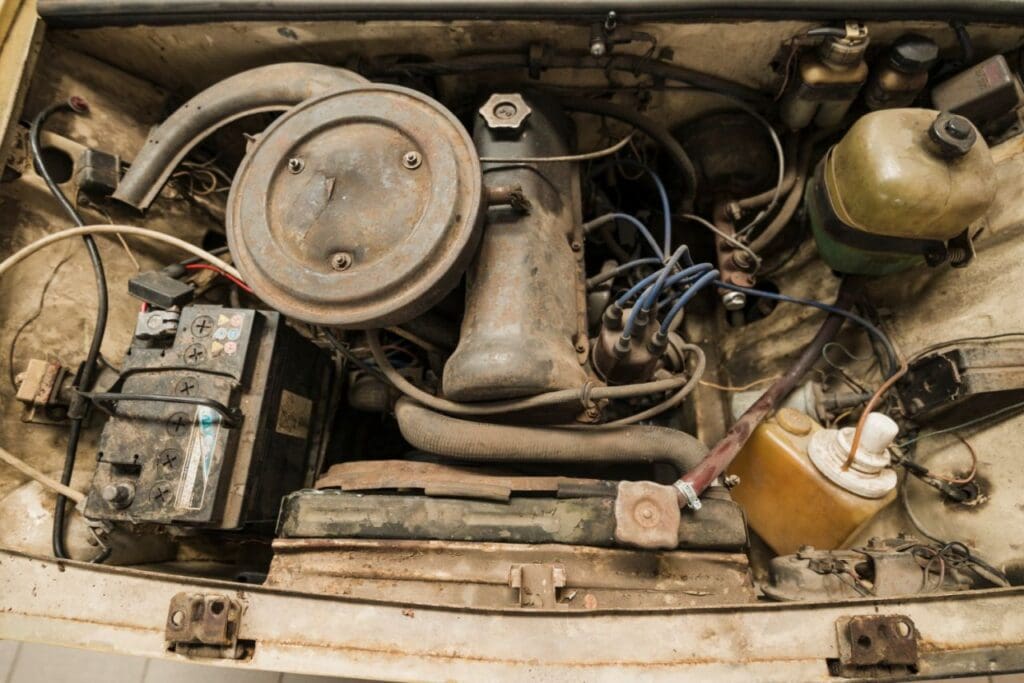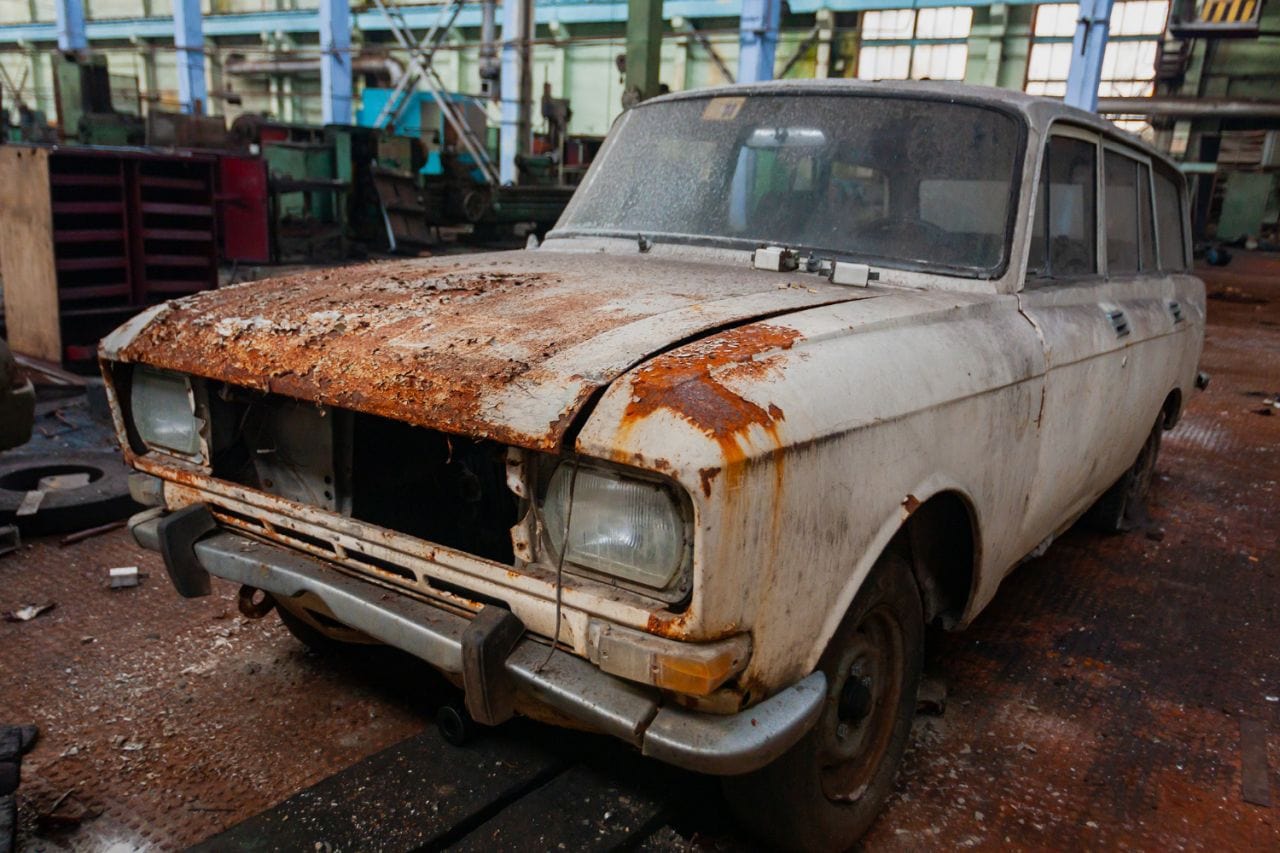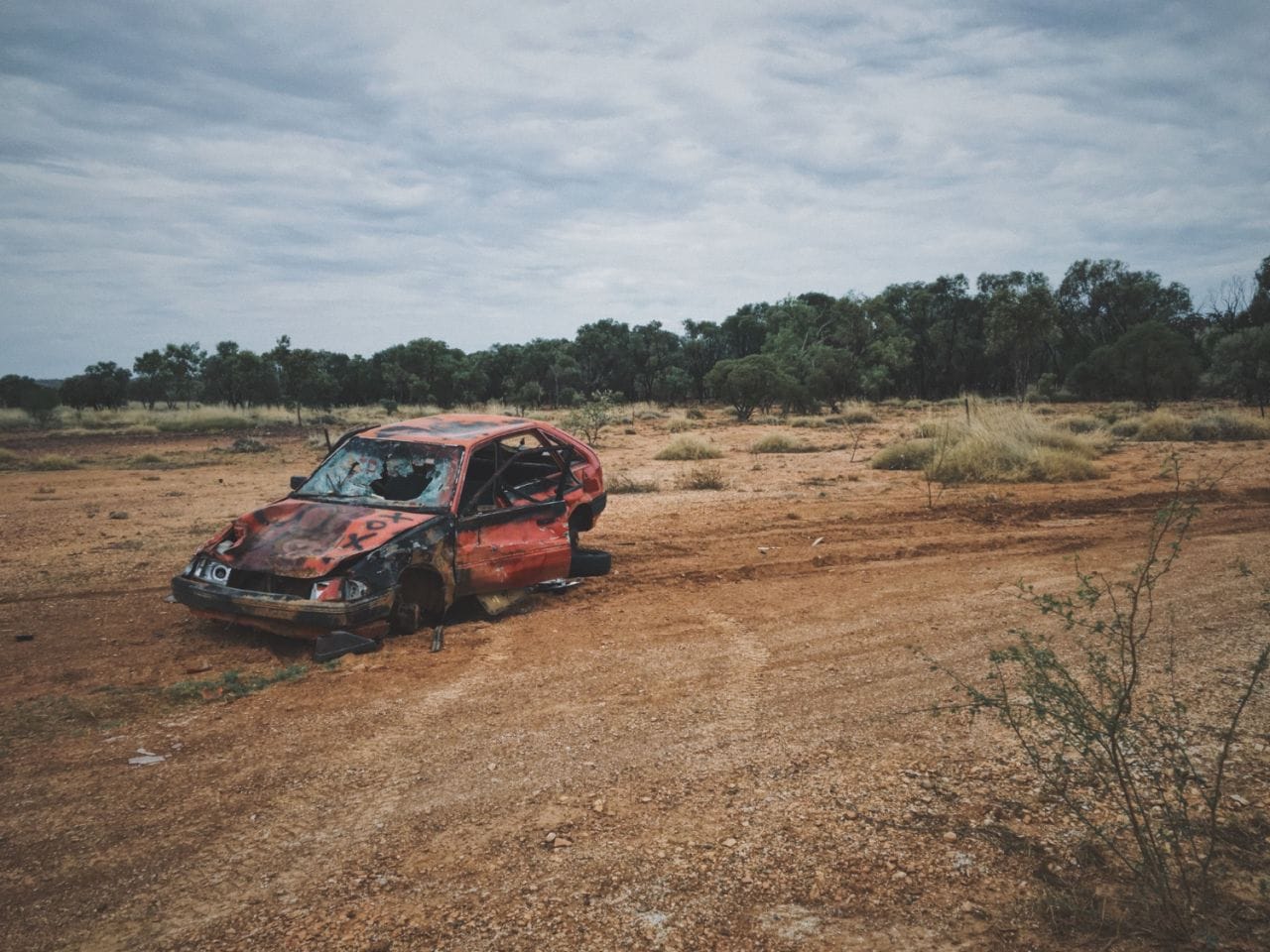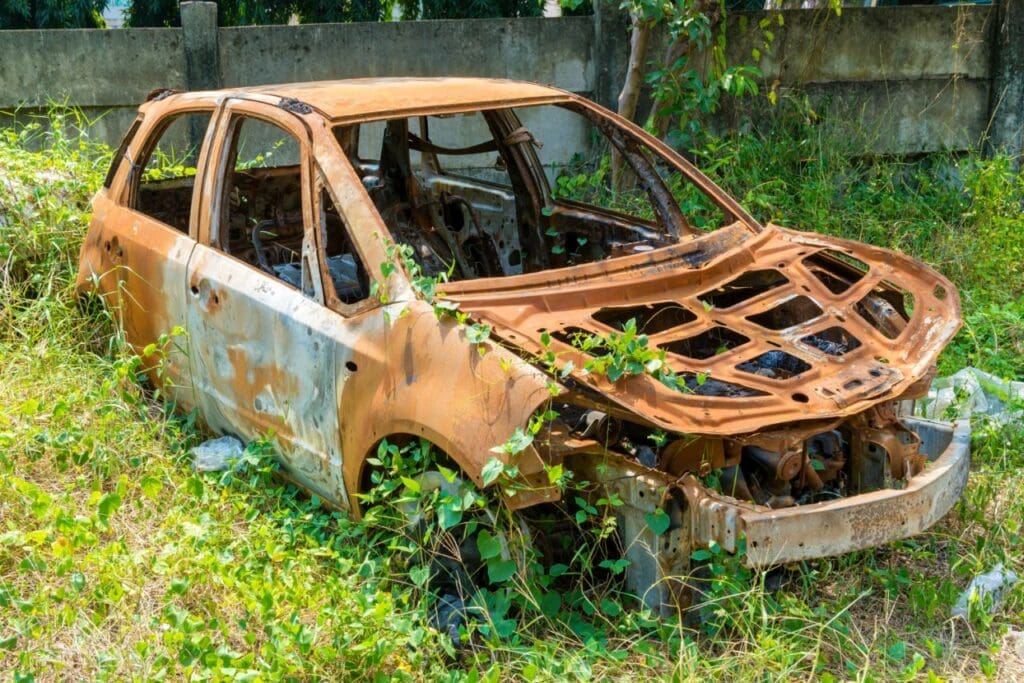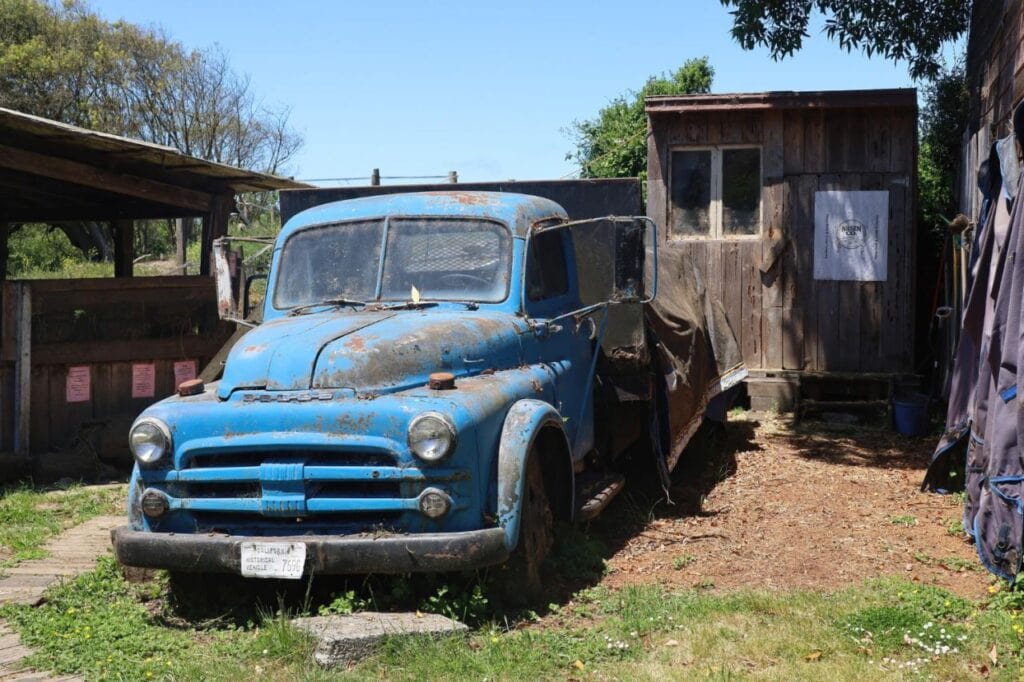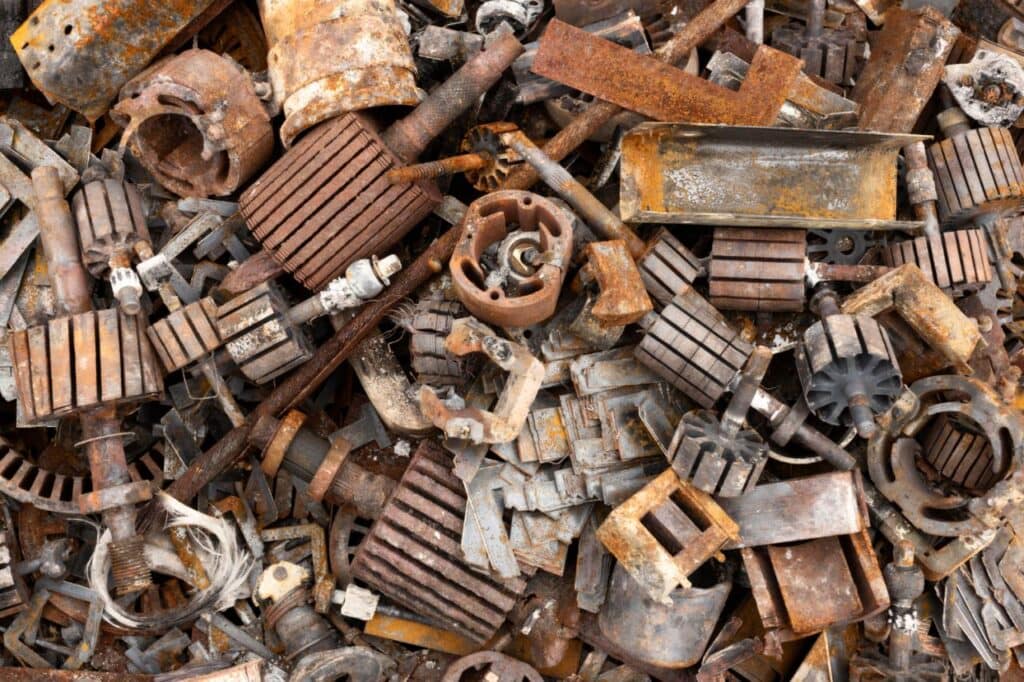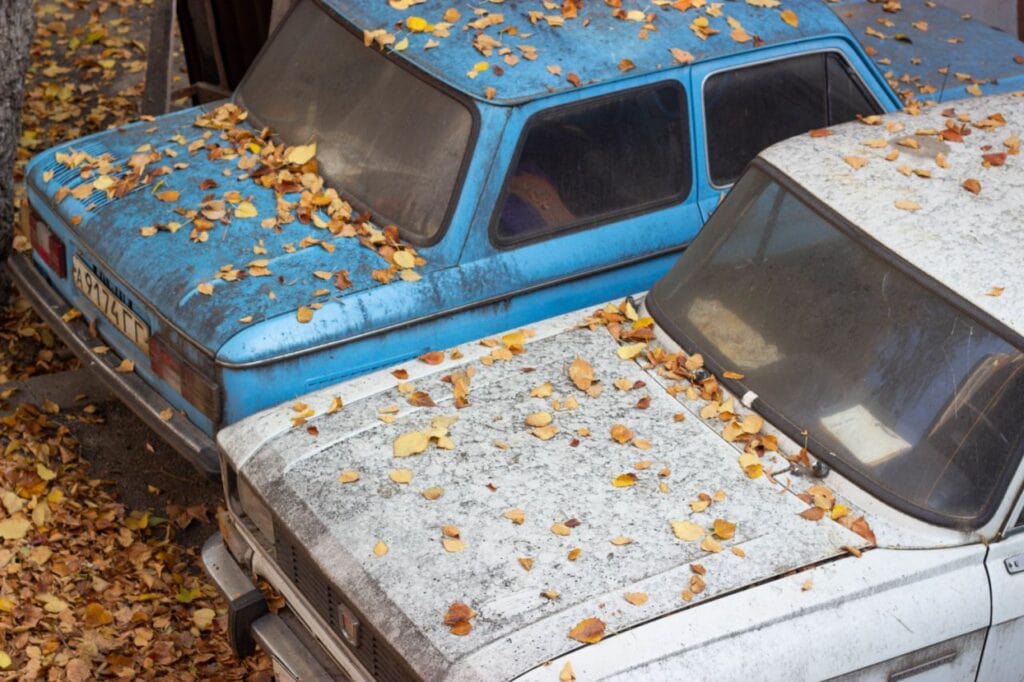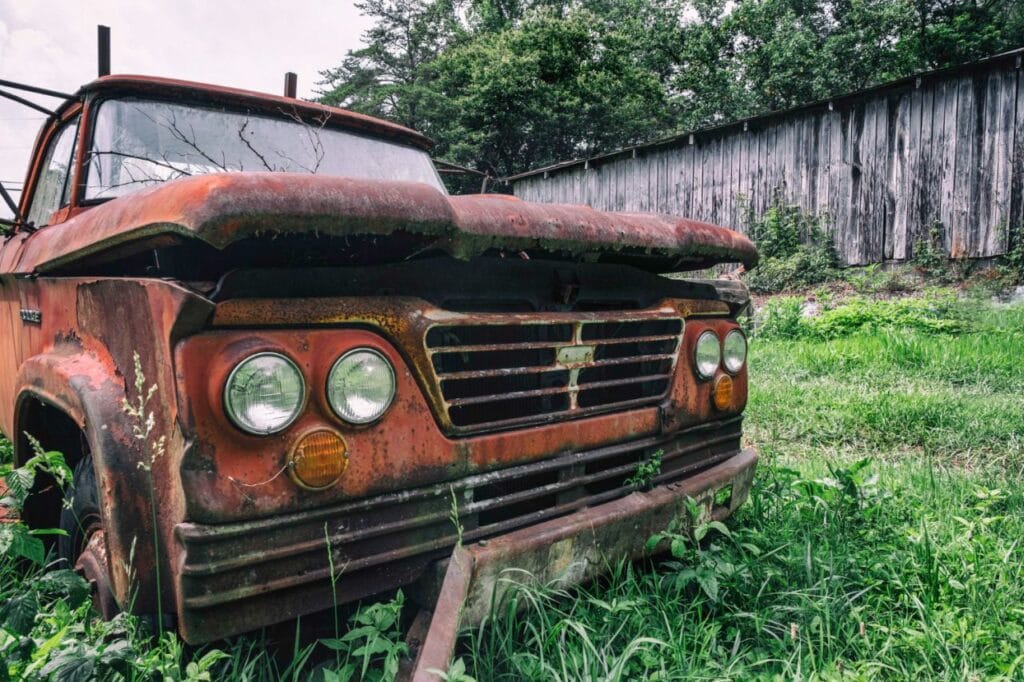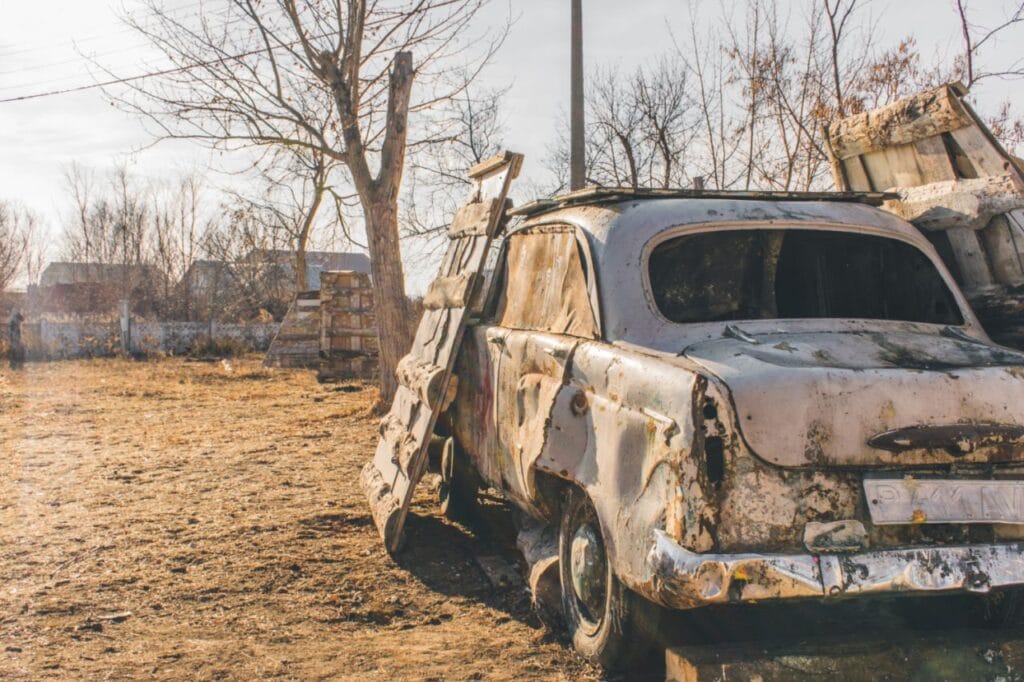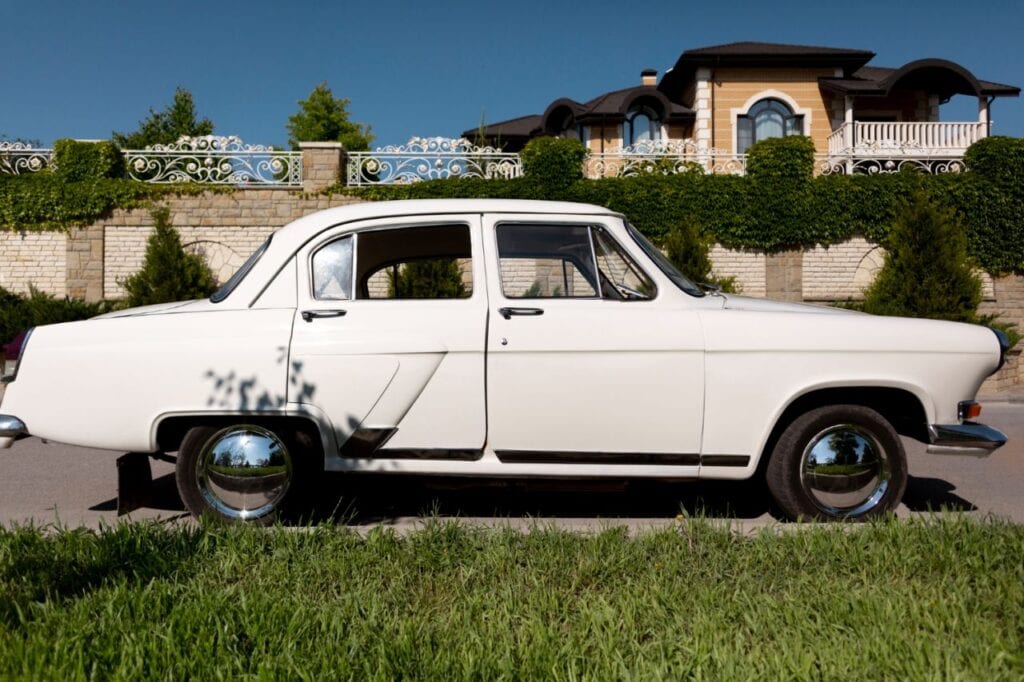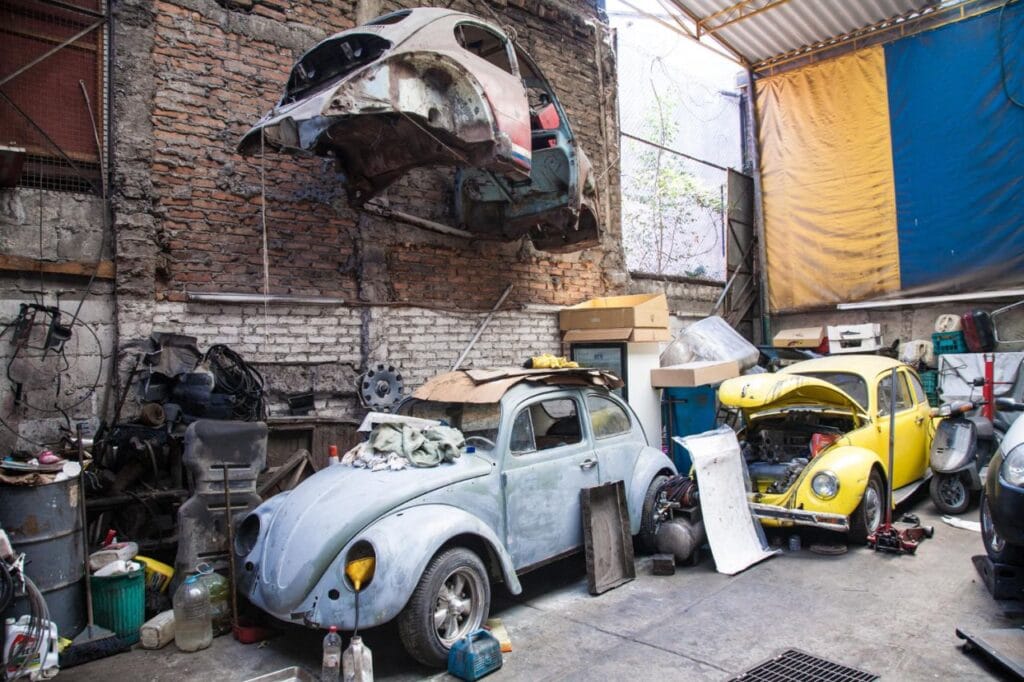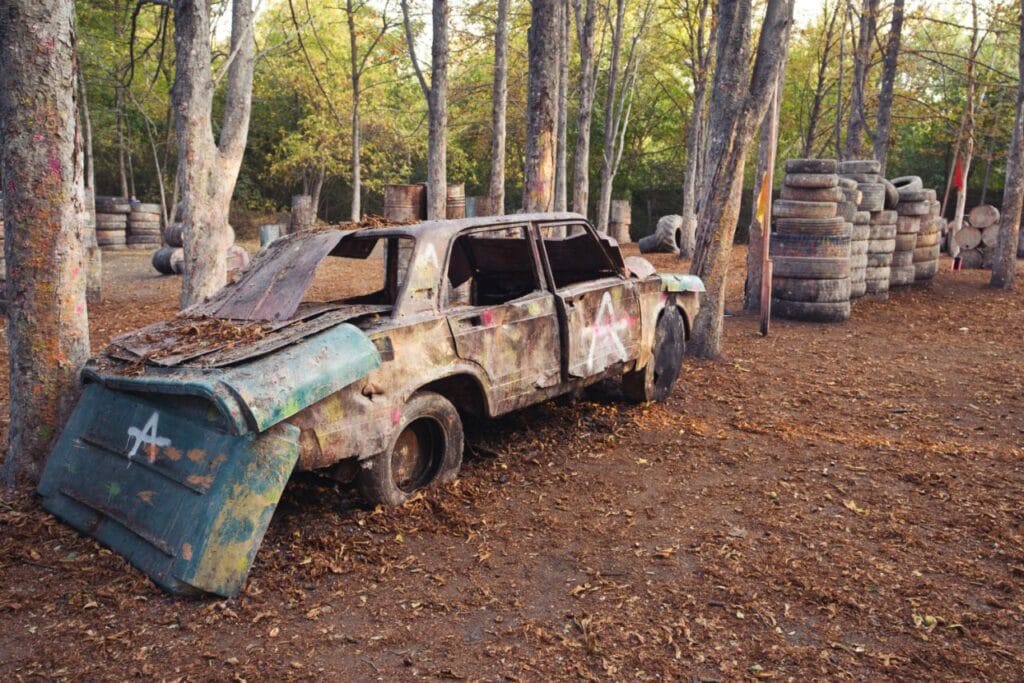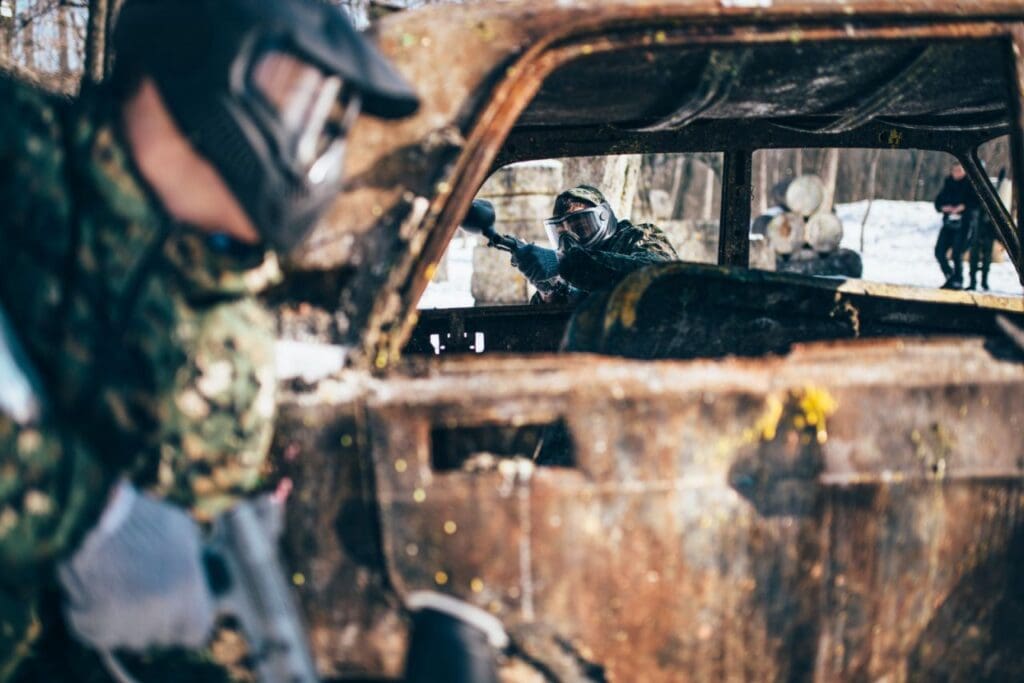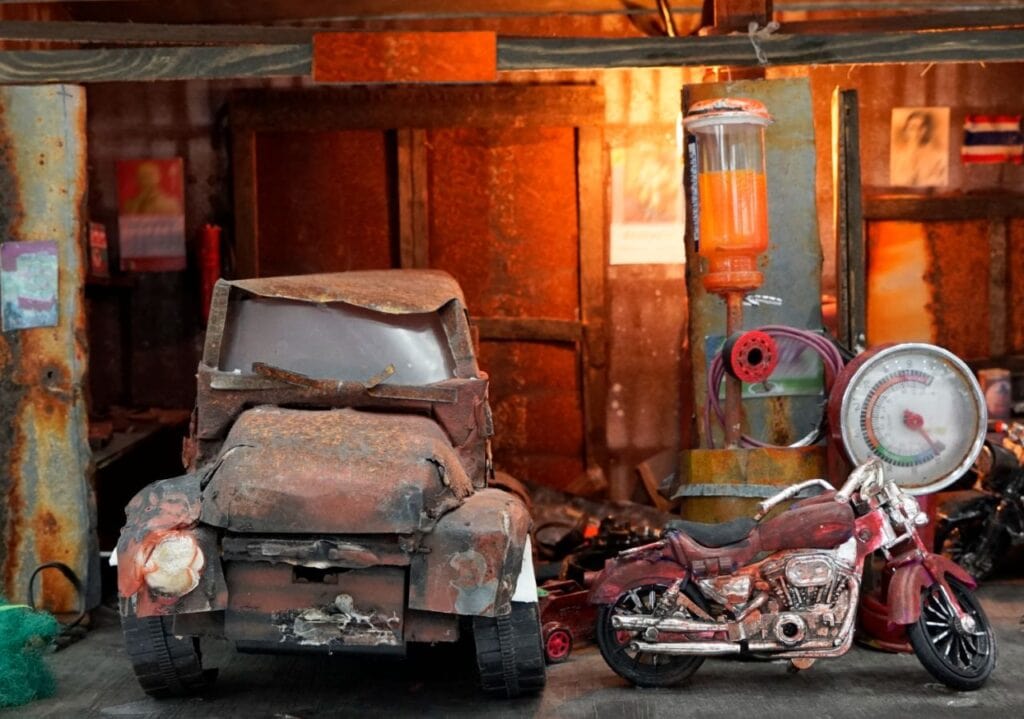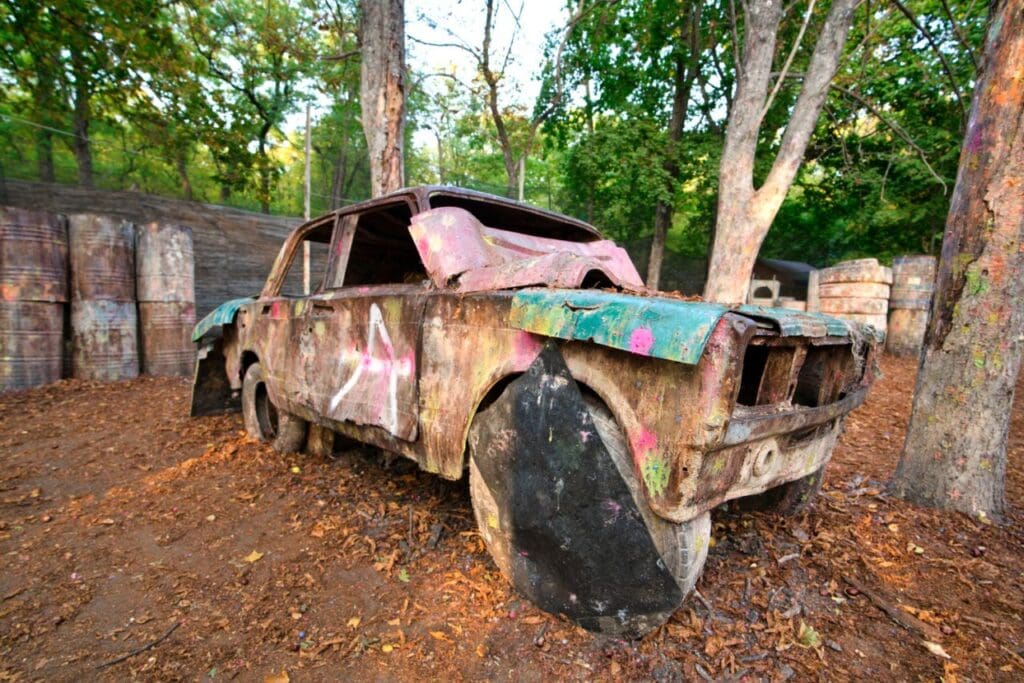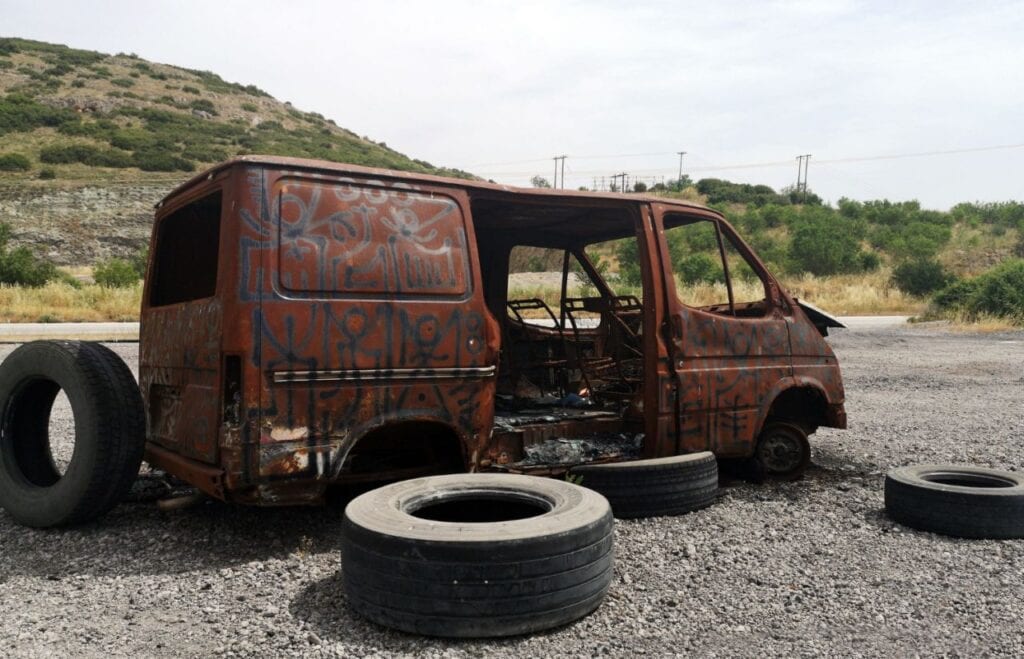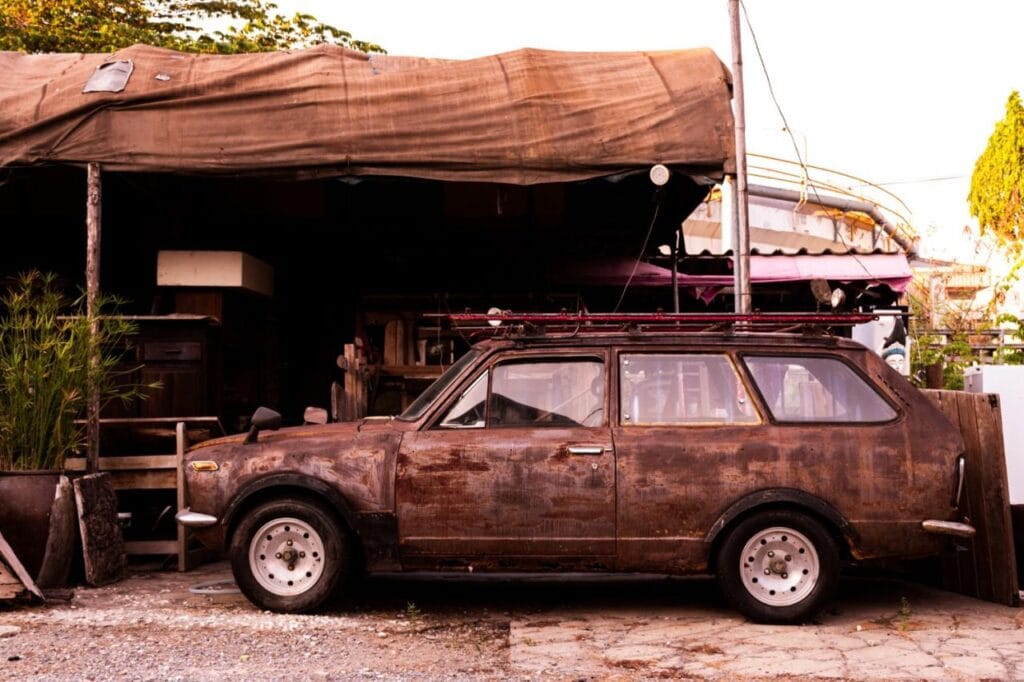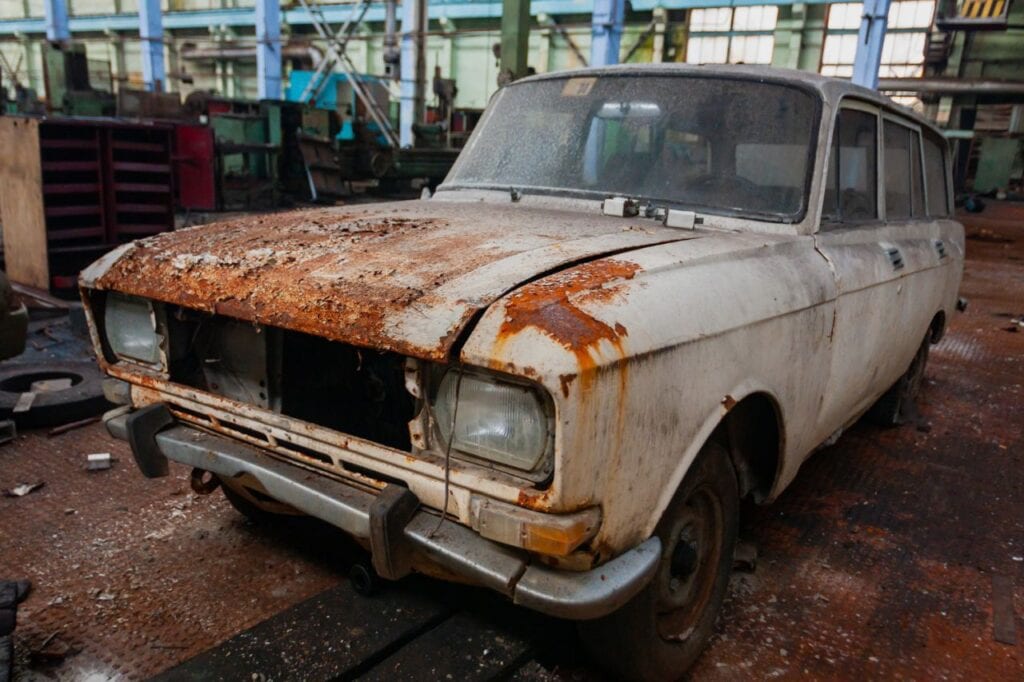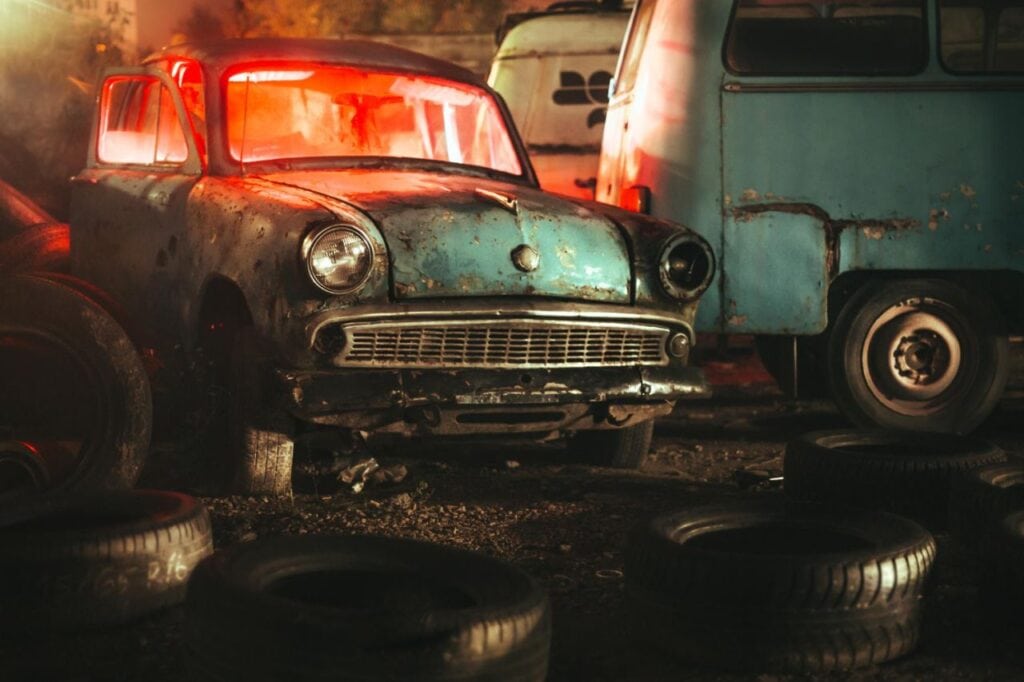It's frustrating to be in the position of having an old, non-running car and not knowing what to do with it.
It not only wastes space on your land, but the price of maintenance probably outweighs what you could ever hope to get out of it.
In this article, we'll discuss the many routes to dispose of an old car.
We'll talk about options like holding a yard sale, giving everything away, and sorting out the recyclables.
We'll also go over why dealing with a reputable vehicle dealer can assist in putting your mind at ease in these scenarios.
So if you're in the market for sound guidance on handling an old, unreliable automobile that's beyond the scope of your budget, keep reading!
Most Expensive to Replace in a Vehicle
When we asked drivers who had recently taken their car in for service, 58% said they had to pay for repairs they hadn't expected, and 73% said they were fearful of getting ripped off, which is understandable given most people's lack of knowledge about automobile components and upkeep.
So let's look at some of the costlier auto parts and how much they'd add up to.
Car Cylinder
A cracked cylinder indicates prolonged disrepair and the disregard of early warning indicators, such as repeated misfires.
But if you maintain your vehicle regularly, you'll never have to worry about cylinder failure.
In addition, preventative maintenance can save you from paying an unexpectedly high cylinder repair bill of $8,000 or more from your mechanic.
Hybrid Car Parts & Inverter Replacement
Yes, the cost of owning a hybrid vehicle does not end with the purchase price. Because of their scarcity, replacement parts are expensive and time-consuming.
In addition, because the "check engine" light is the only indicator of inverter failure, it might be difficult to diagnose.
As a result, replacement might cost anywhere from $4,000 to $7,000, depending on the make and model of the vehicle.
Electric Car Lithium Ion Battery
Since 2015, lithium-ion battery makers have seen a surge in business as Tesla and other electric vehicle manufacturers increased output.
These batteries are currently somewhat pricey, but as technology advances, that will change.
- Many batteries start at $150 per kWh and go up rapidly.
A new battery for a Tesla Model S, typically having an 85kWh unit, can cost a small fortune.
However, lithium-ion batteries tend to last a long time without failing, and their prices will likely drop significantly by the time you need a replacement.
In addition, some companies, like Tesla, offer free battery replacements under their lengthy warranty.
Transmission Replacement
The transmission is a crucial component of your vehicle, but it is also one of the most expensive parts to fix or replace. Auto Service Online reports that fluid issues account for 90% of all automatic gearbox breakdowns.
While transmission fluid doesn't need to be changed as frequently as oil, it's easy to overlook if you don't take your car in for regular maintenance. Rev heads, beware: riding or dumping the clutch with aggressive gear changes can also wear down the transmission on a manual vehicle.
- Transmissions can cost anything from $1,000 to $2,000 to replace.
Sadly, the time and effort required to recondition a transmission can make repairs as costly as buying a new one.
Engine Block
For the typical car owner, hearing that their engine has blown is the worst possible scenario. As a result, common engine problems are the most frequently reported issue to auto shops. On the other hand, a blown motor is an engine that has been damaged internally to the point where it needs to be replaced.
- It depends on the model of the engine, the cost to replace it might range from $1,000 to $4,000.
Rather than going into the rabbit hole of rebuilding the engine, it may be more cost-effective to sell or scrap an older model automobile at this stage.
Camshaft Replacement
The camshaft is responsible for regulating the airflow into the engine. If you keep up with routine maintenance like oil changes and filter replacements, you shouldn't have to worry about it breaking.
- Because of the time and effort required, the cost of a new camshaft can range from $2,000 to $5,000.
Sometimes the camshaft's electrical supports are to blame. For example, in older vehicles, the camshaft position sensor can occasionally fail. Repairing this yourself or taking it to a repair can save you money compared to buying a new one.
Head Gasket
The head gasket is critical because it prevents coolant and oil from leaking from the engine cylinders. Several components are lost when the head gasket fails.
- The gasket is reasonably priced; however, putting it in place requires some effort. The price of repairs might be between $2,000 and $3,000.
In the absence of maintenance, the engine will overheat, coolant and oil will leak, and white smoke will billow from the tailpipe. Do your homework, as some car models are more prone to this problem than others.
Mass Air Flow (MAF) Sensor Replacement
The mass airflow (MAF) sensor monitors intake airflow and use that data to adjust fuel delivery. If the sensor fails, it usually signifies that the air filters and other parts must be regularly maintained.
- The going rate for a new air filter is roughly $25. It's common to spend $400 on a replacement MAF sensor.
Engine hesitancy or jerking during acceleration, as well as a lean or rich mixture at idling, are all signs of a faulty MAF sensor. As a result, more fuel is needed for richer combinations, while more oil can be burned with leaner ones. A rich mixture may not be disastrous, but it can reduce gas mileage and cause an unpleasant odour from the fuel system.
Car Key Replacement
Do you remember when you had to pay Mister Minit or the locksmith ten dollars to duplicate your car key? Those days of triumph are long gone.
- It might cost anything from $250 to $750 to have a new electric car key ordered, cut, and programmed.
If you have misplaced your car's keys, you'll need to have a replacement set made and programmed and then have the vehicle's computer reset.
- This is typically only possible at a dealership and can cost anywhere from $2,000 to $5,000.
The most frustrating part about losing your car keys is all the time you have to waste looking for them while you wait for everything to get done. Therefore, it's important to find a used automobile with all the original keys to avoid replacing any of them if you buy it.
Air Conditioning Compressor Replacement
The air compressor separates high-pressure and low-pressure air to cool down your vehicle and engine. Air conditioning is a need in Australia, especially in the warmer regions where it may be necessary to run the unit year-round.
- The cost to fix the compressor might range from $200 to $600, depending on the type of car you drive. Freon charging is an extra $100 if required.
Air conditioners can lose efficiency with time, leading to the potential need for a regas. Thankfully, you only need around $100 to accomplish this. Changing out the car's interior air filter has its own set of advantages. It costs about $30 to purchase this component from a parts store.
Timing Belt Replacement
Even something as seemingly innocuous as a timing belt deserves recognition. Several automakers mandate a replacement of this unit every 100,000 kilometres at the cost of several hundred dollars for economy cars and several thousand dollars for luxury vehicles, including parts and labour. While failures within its projected lifetime are uncommon, regular maintenance is essential.
- Knowing if your vehicle has an interference or non-interference timing belt is important. If your car has interference belts and one break, it will likely also destroy other parts of the vehicle.
More than just the expense of a new timing belt needs to be accounted for here. Whole engine rebuilds are commonplace. As a result, the long-term hassle can be avoided by simply replacing the timing belt when it's due.
- Think about whether or not your car has a timing chain. Unlike belts, timing chains can stretch over time and don't need to be replaced at regular intervals. Engine misfires, metal shavings in the oil, and rattling might result from timing chains that have become stretched.
Whether your vehicle has a timing belt or chain, having a mechanic inspect it at the recommended intervals (typically every 100,000 kilometres) is a good idea. The service may cost a few hundred dollars upfront, but it could save you thousands in the long run.
Normalised Price of Auto Maintenance
Costs for routine auto maintenance in Australia could differ depending on where you live. For example, those living in urban regions will pay more for a car service, and those in rural areas will spend more per gallon on gas. Moreover, we all know that the typical maintenance costs for a compact automobile are far lower than those for a four-wheel-drive vehicle.
Fuel is more expensive in Victoria, but it is the lowest in Hobart.
Yet, repairs and upkeep in Canberra cost the greatest, while those in Adelaide are the least. Car loan payments in Canberra and Hobart are the most expensive in Australia, while Brisbane has the least.
Victoria is the most expensive city to own a car in, with a weekly cost of $298.94 when you factor in registration, insurance, maintenance, gas, tyres, and the car's decline in value. The average in Melbourne is $291.42, so it's close behind. The average weekly cost of owning a car in Brisbane is $271.87, making it the cheapest city in Australia.
Conclusion
Car cylinders, hybrid car parts & inverter replacement, and electric car lithium-ion batteries are just some of the most expensive auto parts discussed in this article. Replacement costs for car cylinders, hybrid car components and inverters, and electric car lithium-ion batteries are all high.
The cylinders in a car are the most expensive parts to replace, but regular maintenance can keep you from having to shell out $8,000 or more for a repair you could have avoided. Lithium-ion batteries for electric vehicles begin at around $150 per kWh, while the cost to replace the hybrid vehicle's parts and inverter can be anywhere from $4,000 to $7,000.
Lithium-ion batteries have a long average life before needing replacement, transmissions are one of the most expensive parts to repair or replace, engine blocks are the most common problem brought to repair shops, camshafts control the amount of air that enters the engine, and a good head gasket is essential for preventing coolant and oil leaks.
It's important to get your car serviced regularly because replacing all of these parts can cost you between $1,000 and $2,000. The procedures for maintaining a vehicle are the primary focus of this text.
Among these are swapping out the cabin air filter, repairing the A/C, replacing the Mass Air Flow (MAF) sensor, and getting a new set of car keys. The MAF sensor, which costs between $250 and $750, measures intake airflow and modulates fuel delivery. To cool the car and the engine, the air conditioner compressor separates high-pressure and low-pressure air.
It costs $100 more to charge for Freon. The benefits of replacing the cabin's air filter stand on their own.
Timing belt replacement is a standard part of vehicle servicing in Australia, with replacement costing several hundred dollars for economy cars and several thousand dollars for luxury vehicles respectively every 100,000 kilometres driven. If your vehicle has a timing chain, it should be checked by a mechanic at regular intervals (usually every 60,000 miles or so).
Weekly car ownership costs in Australia range from $298.94 in Victoria to $291.42 in Melbourne to the lowest cost of $271.87 in Brisbane.
Content Summary
- Disposing of an old car can be frustrating, and the maintenance price may exceed the value of the car.
- This article explores options like holding a yard sale, giving everything away, and sorting out the recyclables.
- Dealing with a reputable vehicle dealer can assist in putting your mind at ease in these scenarios.
- 58% of drivers said they had to pay for repairs they hadn't expected when taking their car in for service.
- 73% of drivers fear getting ripped off when it comes to auto repair, given their lack of knowledge about automobile components and upkeep.
- Car Cylinder failure can cost an unexpectedly high repair bill of $8,000 or more from your mechanic.
- Hybrid Car Parts & Inverter Replacement can cost anywhere from $4,000 to $7,000, depending on the make and model of the vehicle.
- Replacement parts for hybrid vehicles are expensive and time-consuming due to their scarcity.
- Lithium-ion batteries for electric vehicles are currently somewhat pricey, with many batteries starting at $150 per kWh and going up rapidly.
- A new battery for a Tesla Model S, typically having an 85kWh unit, can cost a small fortune.
- Transmission replacement can cost anything from $1,000 to $2,000 to replace, and the time and effort required to recondition it can make repairs as costly as buying a new one.
- Engine block replacement might range from $1,000 to $4,000, depending on the model of the engine.
- Common engine problems are the most frequently reported issue to auto shops, and a blown engine needs to be replaced.
- The camshaft is responsible for regulating the airflow into the engine, and the cost of a new camshaft can range from $2,000 to $5,000.
- The head gasket prevents coolant and oil from leaking from the engine cylinders, and its failure might require repairs between $2,000 and $3,000.
- The mass airflow (MAF) sensor monitors intake airflow and adjusts fuel delivery accordingly.
- A faulty MAF sensor can cause engine hesitancy or jerking during acceleration, as well as a lean or rich mixture at idling.
- Replacing the MAF sensor can cost around $400.
- Engine overheating, coolant and oil leaking, and white smoke billowing from the tailpipe are signs of head gasket failure.
- Maintenance can save you from paying unexpectedly high cylinder repair bills.
- It may be more cost-effective to sell or scrap an older model automobile instead of rebuilding the engine.
- Regular maintenance like oil changes and filter replacements can prevent camshaft failure.
- Repairing the camshaft's electrical supports can save you money compared to buying a new one.
- The going rate for a new air filter is roughly $25.
- A lean or rich mixture at idling indicates a faulty MAF sensor.
- More fuel is needed for richer combinations, while more oil can be burned with leaner ones.
- Some car models are more prone to head gasket failure than others, so do your homework.
- Fluid issues account for 90% of all automatic gearbox breakdowns.
- Riding or dumping the clutch with aggressive gear changes can wear down the transmission on a manual vehicle.
- Repairs for transmission can be as costly as buying a new one.
Frequently Asked Questions about Car Parts
Whether or not to replace a vehicle depends on several things. First, if the car's repairs cost more than the car's worth, that's a problem.
It may become economically impossible to continue fixing the car if the cost of repairs steadily increases over time. Please also consider whether your needs have changed since you bought the car. It may be time to get a new car if your lifestyle or financial situation has changed and the current one is no longer enough.
It's also time to get a new car if you've ceased maintaining it and no longer feel safe driving it. Similarly, if your car has over 100,000 miles on the odometer or fails an emissions test, you should consider getting a replacement. But, again, carefully considering these criteria can help you make the most appropriate and cost-effective choice when replacing a vehicle as soon as feasible.
The ultimate goal of having a car "restored" is to have it look and run as perfectly as the day it left the factory. Hence, resto-mod. Resto-mods are restored classic automobiles that feature updated mechanics and accessories.
Whether or not a car in Melbourne, Victoria, is worth fixing relies on several things. It may only be worthwhile to fix a car if the cost is within its value or if it has sustained significant damage or presents significant safety concerns. It may not be cost-effective to fix an older vehicle with many kilometres on it.
Also, if you're always taking your car in for maintenance and repairs, you could be better off buying a new one. Finally, if your vehicle does not pass the Victorian Government's environmental criteria, consider scrapping it. Ultimately, it's up to you to decide whether or not to fix your automobile or buy a new one based on your unique circumstances and consideration of the considerations mentioned earlier. A wise and secure choice can be reached when these considerations are given due weight.
Restoring the value of many older automobiles. It is feasible to generate money while engaging in a passion if you purchase a classic car at a discount and restore it. You can own a historic vehicle even if you have no intention of ever selling it.
The pluses. The primary advantage of purchasing a used vehicle is the money that can be saved during the purchase process. Of course, you're taking a chance on its past, but if it has a solid maintenance record and you have a mechanic look it over first, you should feel quite good about your purchase.

